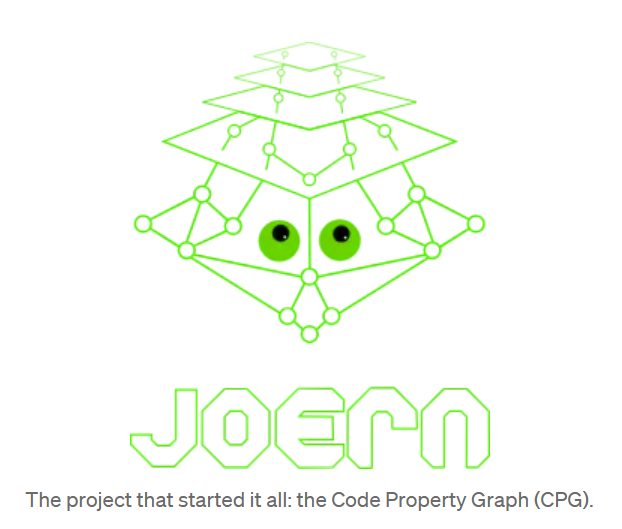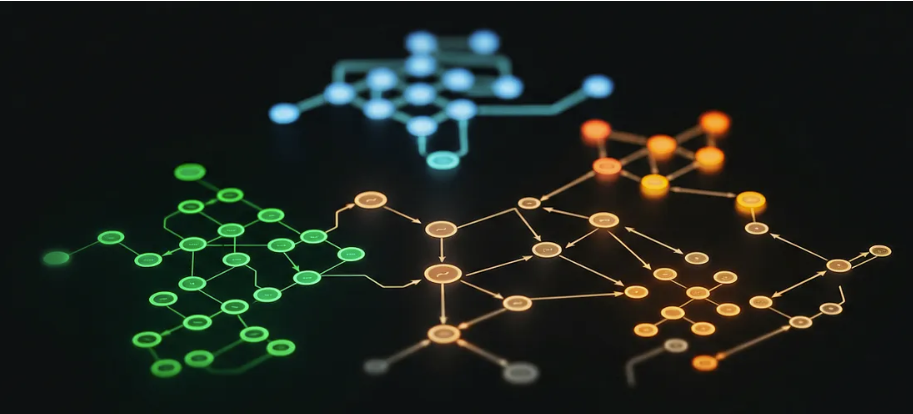Help me CPG, you’re our only hope!
The fundamental challenge in software security today isn’t just finding vulnerabilities, it is the inherently fragmented understanding of complex systems. When we examine why critical vulnerabilities persist despite sophisticated expertise and tooling, we often find they exist in the connections and interactions that traditional approaches are simply blind to.

This is where Code Property Graph (CPG) transforms the equation entirely (see Joern for open source community). Rather than treating code as text that must be interpreted anew each time, CPG creates a persistent semantic understanding that serves as ground truth for AI systems. It’s the difference between asking an AI to reason about a book by showing it random pages versus providing it with a comprehensive map of the narrative structure, character relationships, and thematic elements.
Since ShiftLeft’s 2017 seminal blog on the value of the CPG in Appsec, we have been quietly building an enterprise class modern development application security platform here at Qwiet AI. The hard work is starting to pay off with the world’s first AI-Native and AI-First Appsec platform that sees the complete modern application stack and can identify the truly critical, reachable, exploitable security vulnerabilities that the rest of the market simply cannot touch. And now with our AI Autofix extensions, we have the complete lifecycle: AI find, AI fix — making the developer experience one of quiet silence.
AI-powered by CPG
When CPG acts as ground truth during LLM inferencing, we’re not just improving code analysis — we’re fundamentally changing how AI understands software. The LLM no longer needs to infer the relationships between components; those relationships are explicit, verified, and navigationally accessible. This deep and complete frame shifts the model’s cognitive load from basic comprehension to higher-order reasoning about design patterns, security implications, and architectural integrity.

The policy component is equally transformative as ground truth. Rather than treating security as a bolt-on verification step, these million-plus security profiles become embedded knowledge that guides code generation from inception. The AI doesn’t just learn to avoid vulnerabilities — it develops an intuitive understanding of secure patterns and anti-patterns across diverse contexts.
The stark contrast between policy-guided and confabulated code cannot be overstated. Unguided LLMs, even when prompted for security, essentially reinvent security principles with each generation — sometimes brilliantly, sometimes catastrophically. They might implement encryption correctly in one instance, then introduce subtle timing attacks in another. Without grounding in proven security policies, these models inevitably produce plausible-looking code that harbors hidden vulnerabilities. It’s the security equivalent of having a talented but unsupervised junior developer write critical infrastructure code.
By contrast, when LLMs generate code under the guidance of established security policies and CPG-based understanding, they produce code that inherits the collective wisdom of thousands of security audits and vulnerability remediations. The model doesn’t guess at security — it builds on proven patterns, avoiding entire classes of vulnerabilities by construction rather than by chance. The difference isn’t just incremental; it’s transformative — like comparing navigation by visual landmark versus navigation by GPS. One relies on approximation and luck; the other on precision and certainty.
CPG delivers profound business value
The business implications are profound. Organizations typically accept an inherent trade-off between development velocity and security posture — move fast and break things, or move carefully and maintain integrity. CPG with policy-aware LLMs eliminates this false dichotomy. Security becomes intrinsic rather than extrinsic to the development process.
Consider the downstream effects: security teams transition from reactive firefighting to strategic enablement. Development cycles accelerate as security reviews cease to be bottlenecks. Compliance becomes demonstrable by design rather than through laborious documentation. And perhaps most importantly, the organizational risk profile fundamentally changes — from accepting that vulnerabilities are inevitable to expecting they will be rare exceptions.
For executives, this represents a step-change in digital resilience, trust and confidence. In an environment where a single vulnerability can compromise brand reputation, customer trust, and regulatory standing, CPG-enhanced AI becomes a strategic asset rather than merely a productivity tool. It’s the difference between tactical advantage and strategic transformation.

Secure coding at the speed of AI
The real power emerges at scale. As these systems mature through use, they develop increasingly sophisticated understanding of both vulnerabilities and remediation patterns. Each interaction strengthens the collective knowledge base, creating a virtuous cycle of security improvement that extends beyond individual applications to entire technology ecosystems.
What makes this approach particularly compelling is its alignment with how human expertise actually develops. The most skilled security architects don’t work by applying checklists — they navigate code with an intuitive understanding of where risks typically manifest. Harnessing the CPG with policy awareness essentially codifies this expert-level intuition, making it accessible to everyone in the development process.
This isn’t just better tooling — it’s a fundamental rethinking of how we create secure software in an AI-augmented world. It’s about building systems where security isn’t a separate concern but an inherent quality, woven into the fabric of creation from the very beginning.
